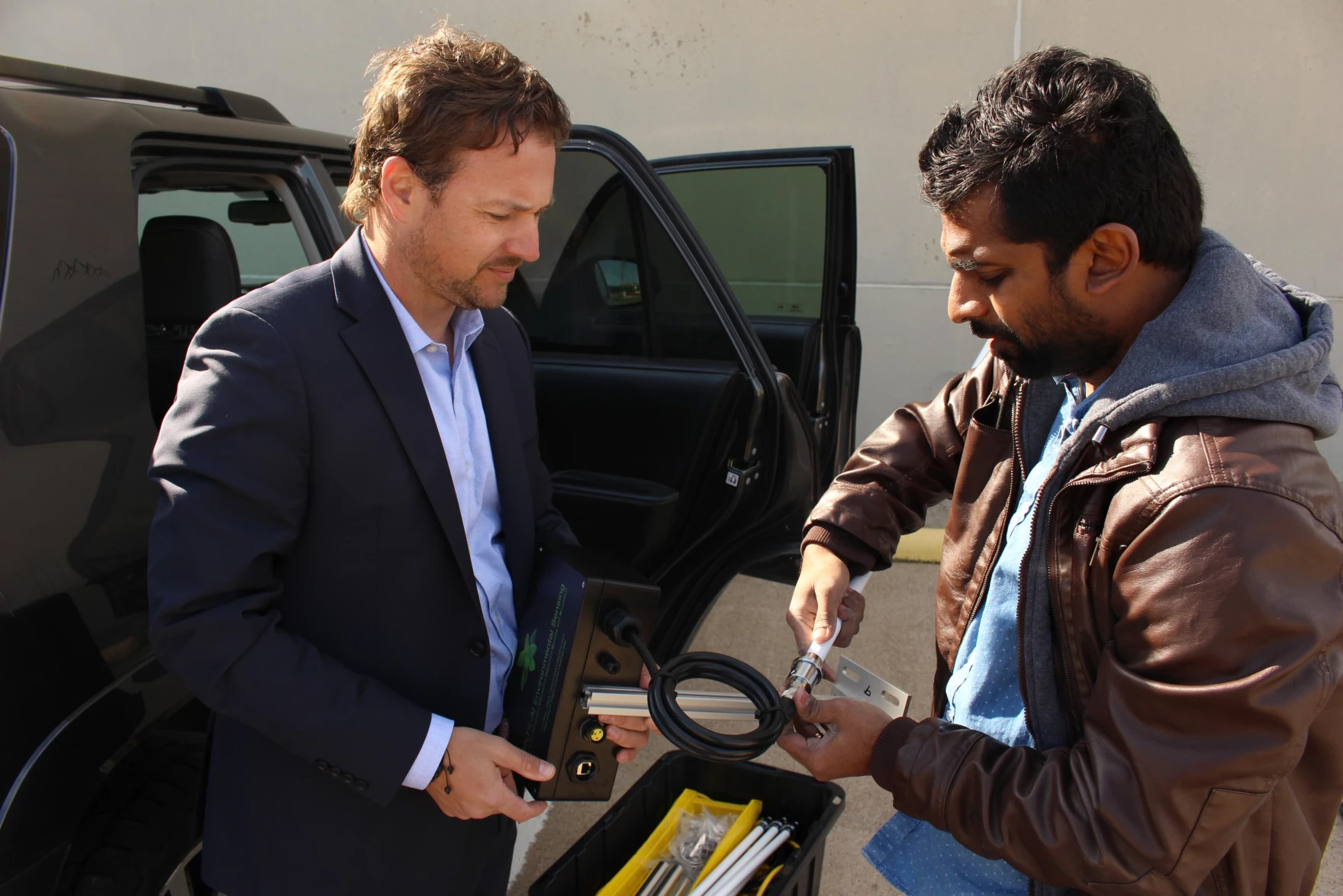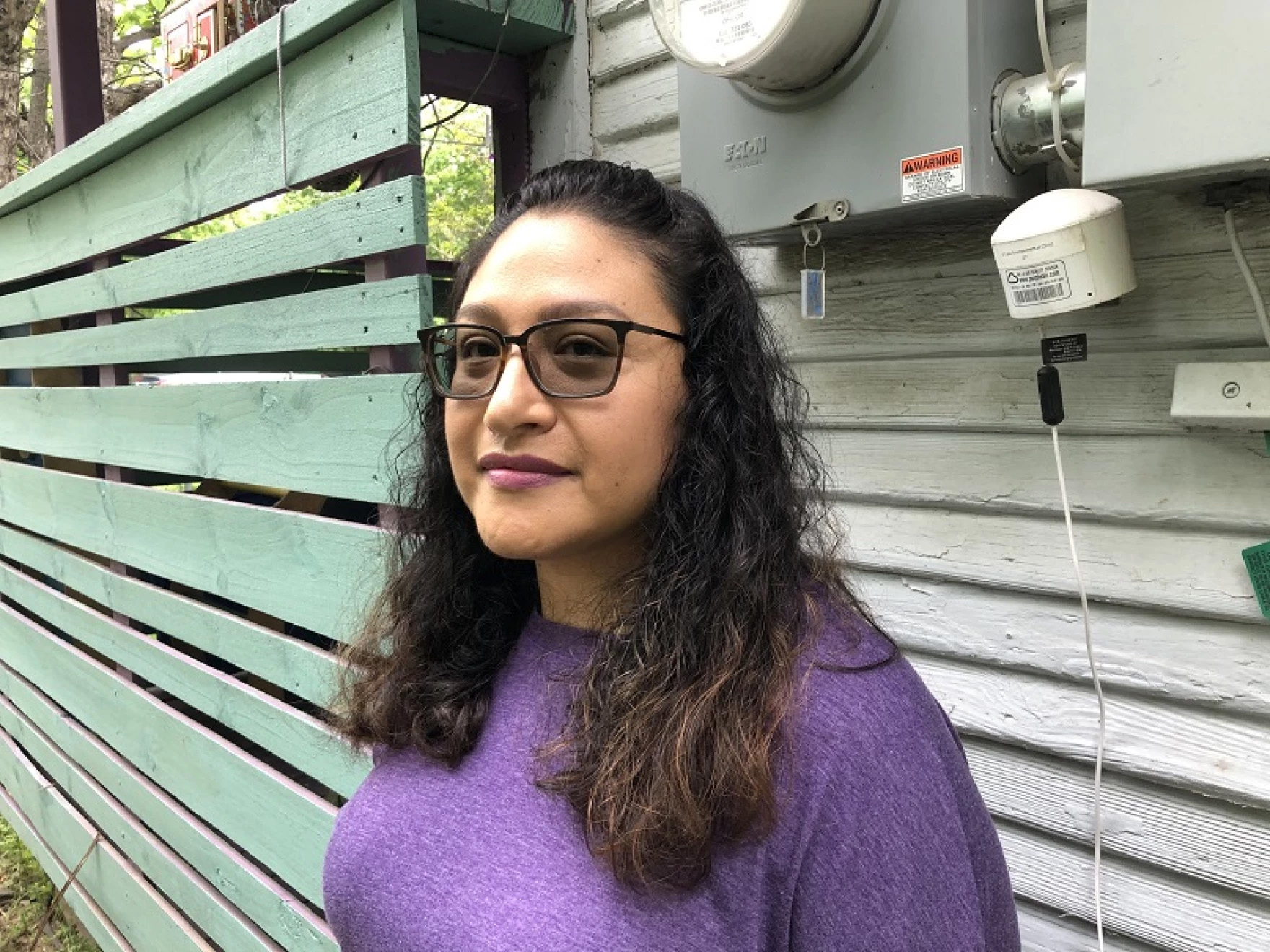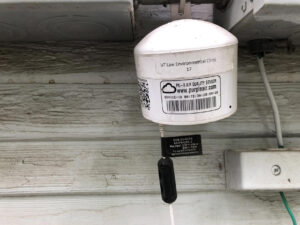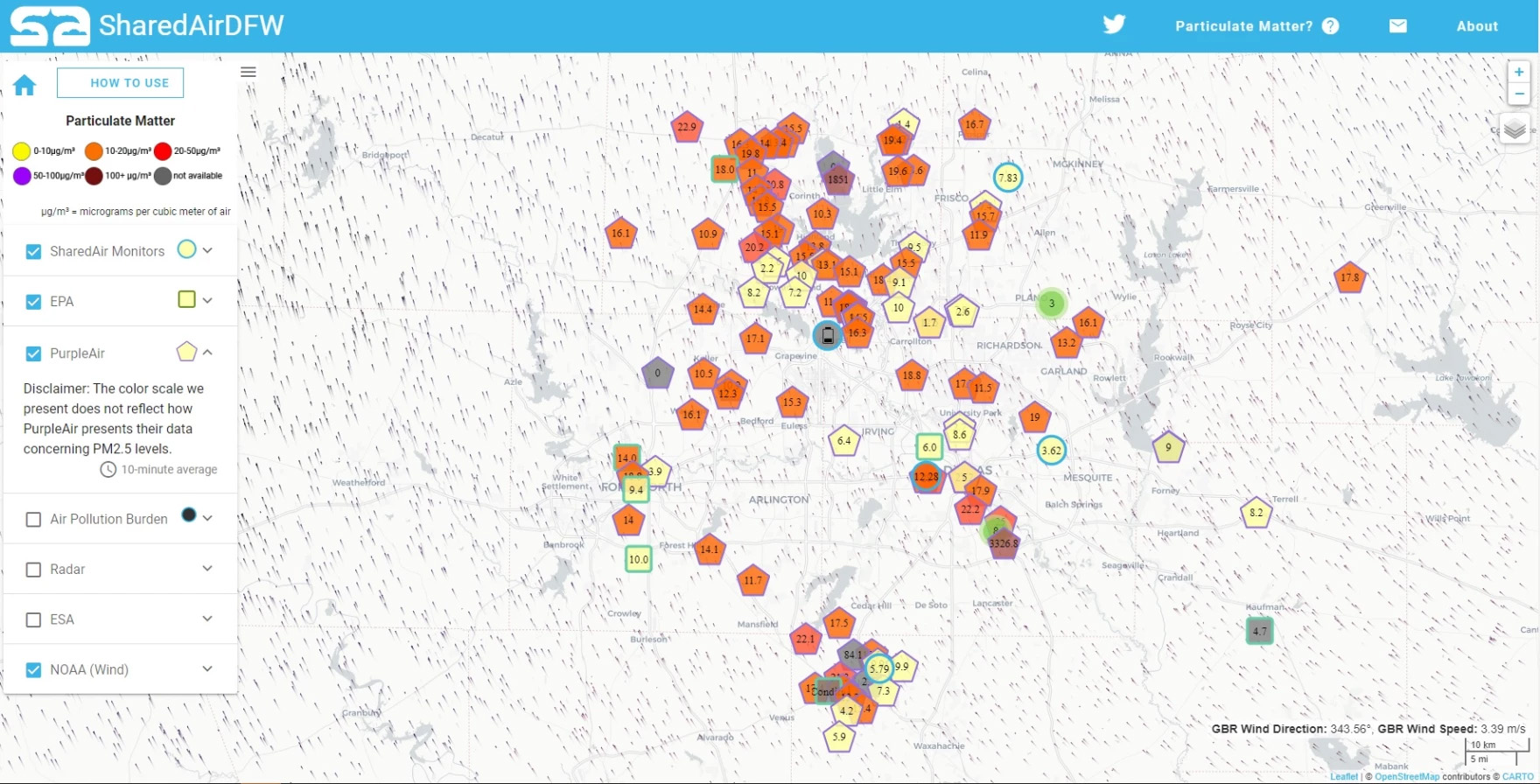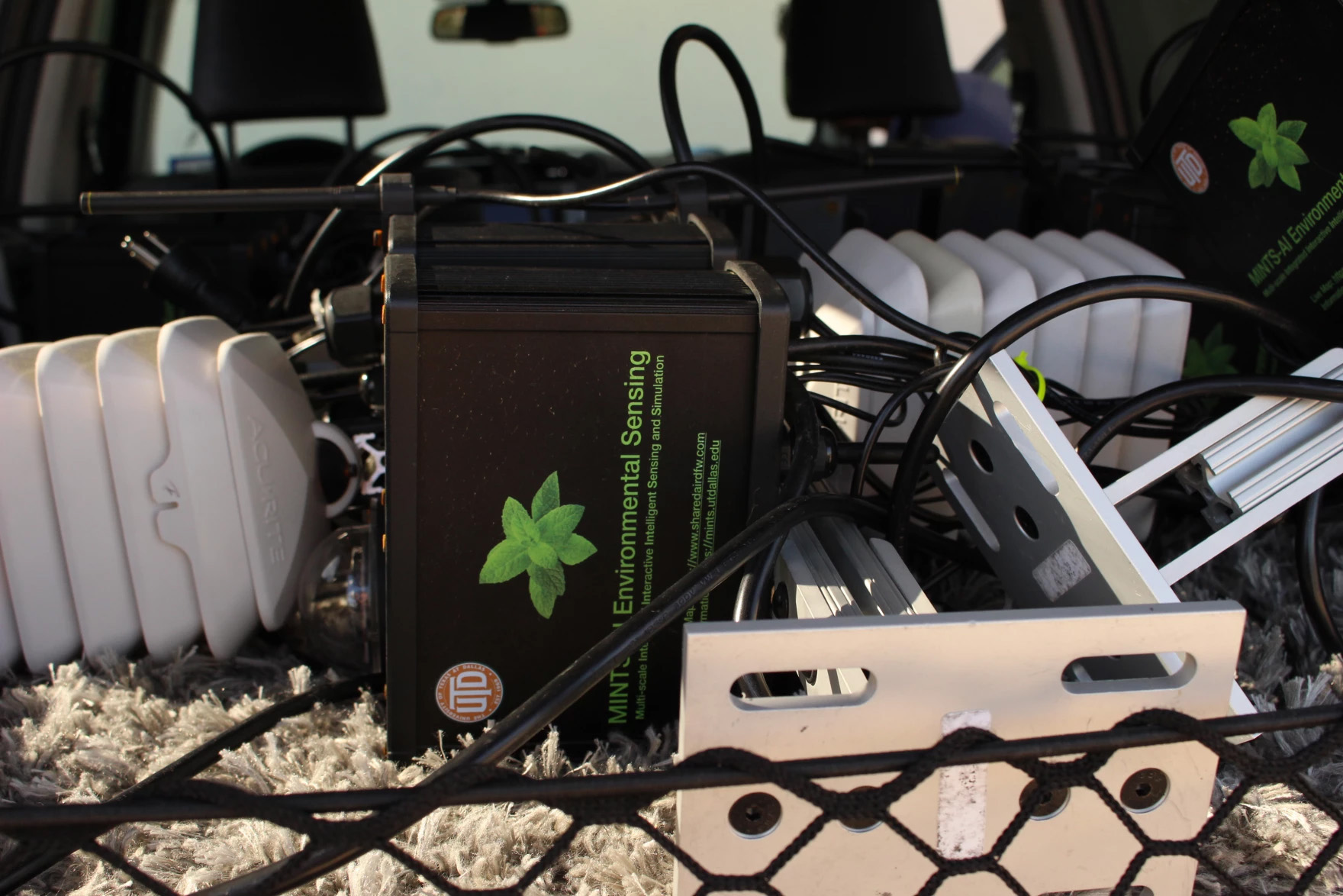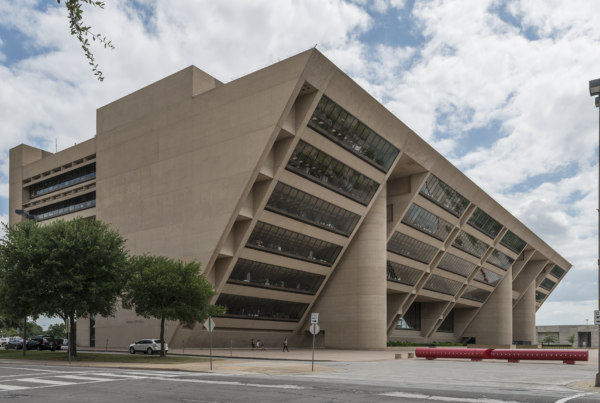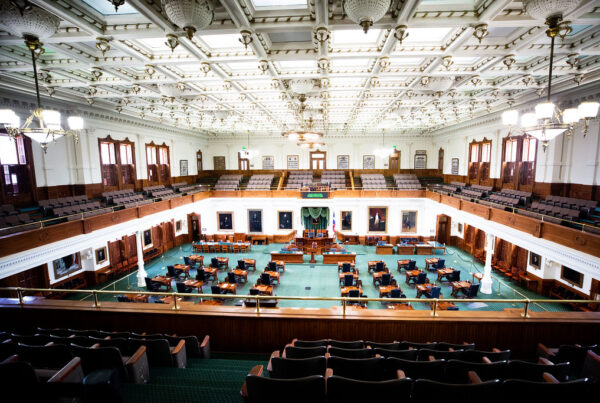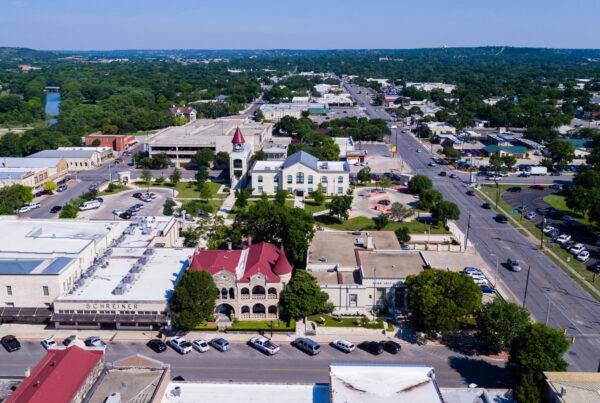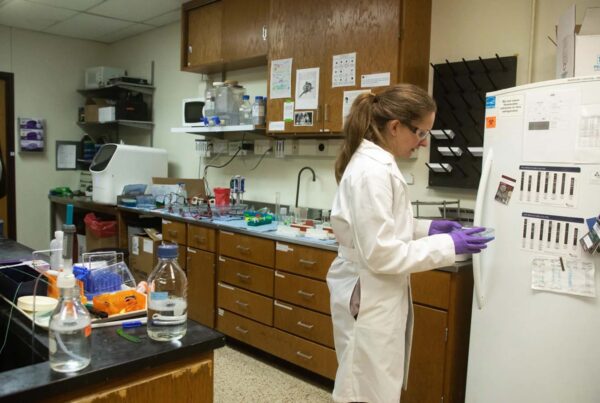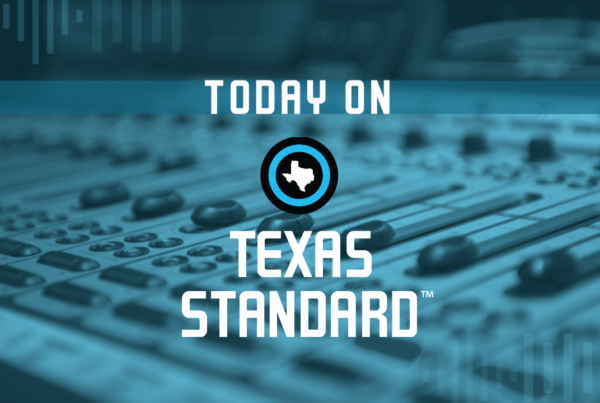From KERA:
Janie Cisneros has led a campaign the past few years to get the asphalt shingle company GAF to leave her Singleton neighborhood in West Dallas. And it all started with a sensor.
“This was the catalyst for everything,” Cisneros said, gesturing to a small, white cylinder hanging next to the electricity meter outside her home.
A researcher contacted Cisneros in 2020 to ask if she had reliable Wi-Fi and if she’d be willing to host a sensor. About a year later, he sent her the statistics of what it detected.
It wasn’t good. Cisneros said the readings for particulate matter were above both national and international regulatory standards. In West Dallas, the data led to concern over air pollution, which then led to GAF agreeing to leave. (The company has set a date of 2029. Cisneros and others are fighting for an earlier exit.)
“Once you know what’s happening and what this device is collecting and what it’s telling you and the implications of that, then you know,” she said. “Immediately I wanted to take action.”


